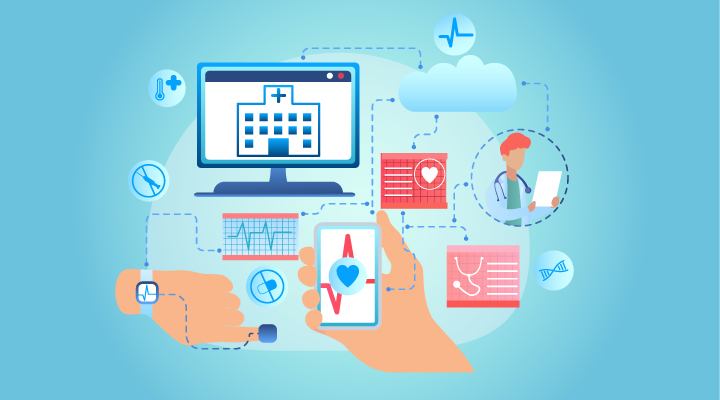
Our research in 2019, prior to the coronavirus pandemic, highlighted the high level of importance that those working in the genetics industry placed upon interoperability. In this article we explore the growing importance of the interoperability of clinical genetics software. The term interoperability is essentially to ability of separate computer systems being able to share data and information between them. We might seek to expand this definition to include the ability to share data and information in a structured and reliable way that protects the integrity and availability of data.
Interoperability of Clinical Genetics Software Before Covid-19
The previous findings that we explored in the article ‘Interoperability of clinical genetics software using HL7 interfaces remains a priority for Genetics Services in 2019‘ focussed on the need for clinical genetics software to be able to interface with EHRs, PAS and other appointment management systems, risk tools and laboratory information management systems (LIMS). The previous focus was very much in the context of clinical genetics users being on premise.
While we have already discussed the benefits of telemedicine and telegenetics and touched upon the need for both interoperability and cloud based solutions that can be accessed from anywhere, the coronavirus pandemic has bought these issues into the spot light. In a very short space of time there has been a need to implement remote access solutions at pace, whilst also insuring interoperability of systems used across a range of healthcare settings that are now more reliant on the electronic exchange of data and information.
Floria based Health Information Exchange (HIE) published an article that illustrates how interoperability for remote workers, including between doctors across multiple sites and remote, home based workers were still able to provide services effectively through the secure sharing of patient related data.
Interoperability of Clinical Genetics Software for Improved Patient Care Coordination
It is important to remind ourselves that the technology and expertise to implement improved interoperability have been around some some time. The long supported HL7 standards and the more recent development of FHIR have both provided modes for interoperability. The growth of cloud based applications built on infrastructures that are more supportive of APIs has provided both new opportunities but also introduced complexity and challenges for some healthcare IT providers.
Healthcare IT News reports the importance of interoperability for improved patient care amid COVID-19. The implementation of such interoperability has historically been surrounded by concerns over Data Protection, privacy and security. While many vendors and infrastructure providers have sought to reassure healthcare providers, it has taken a catalyst (the coronavirus pandemic) to recognise and implement, or start to implement, improved operability of clinical genetics software.
Looking to the future we anticipate that some of the benefits will be realised and the changes that have been made to improve communication between systems will endure and provide a path towards further developments in this area.





